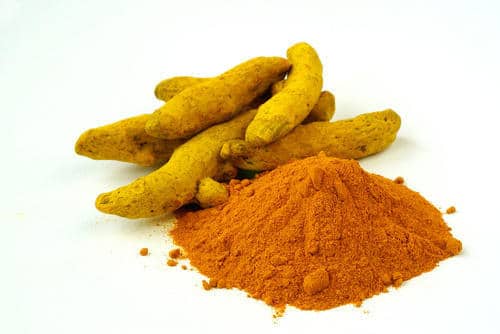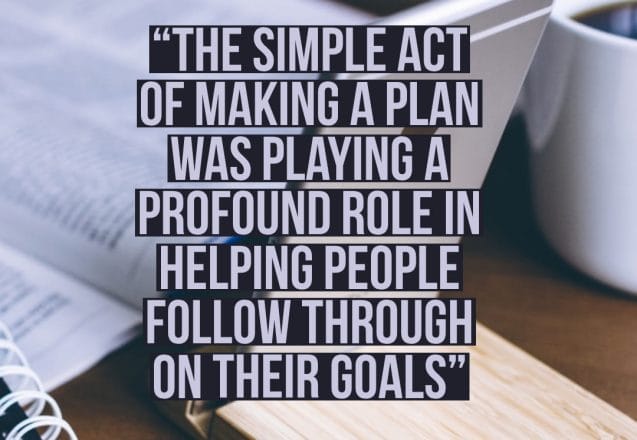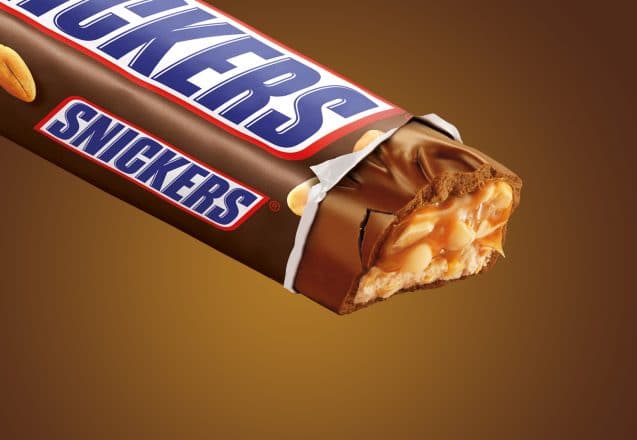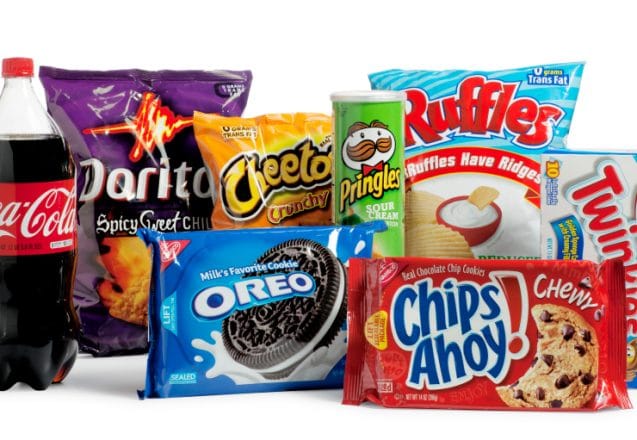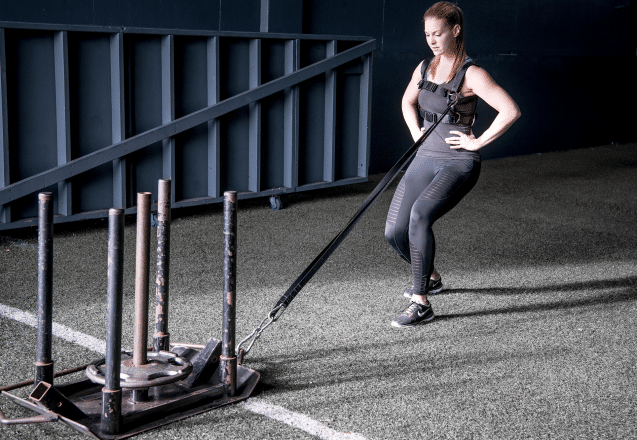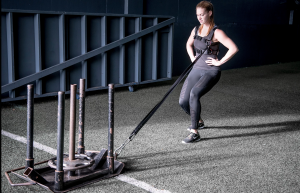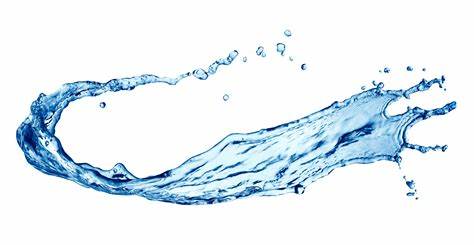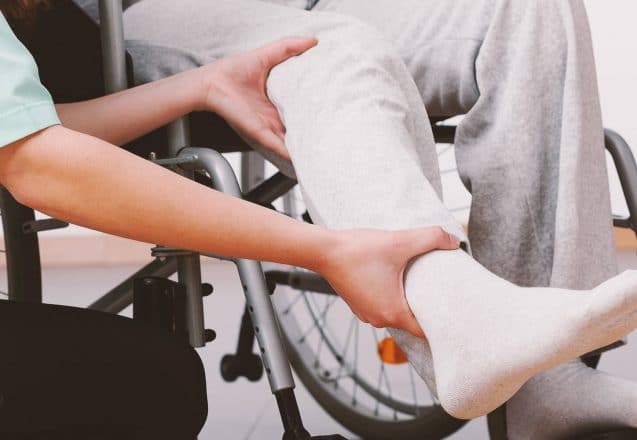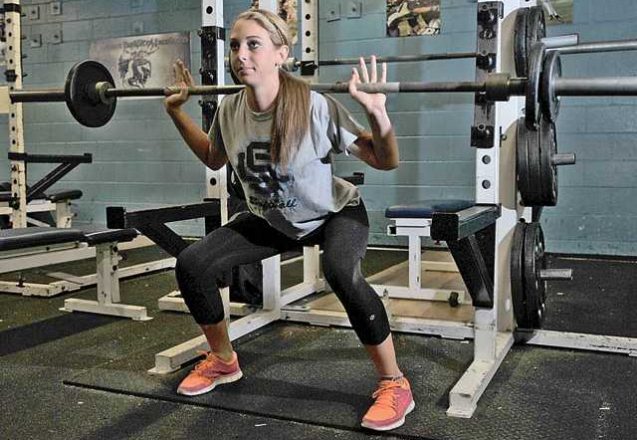3 Recovery Supplements to Try After Intense Training
I often tell my athletes and clients, that when they hit the gym, you aren’t actually getting stronger WHILE you work out.
You get stronger in the days you rest away from the gym.
This is why, aside from having a legitimate training program to follow, that you have proper recovery strategies in place to really maximize your gains from training.
Whether you are trying to increase your overall strength, get faster, or even just training to get leaner, proper rest and recovery is crucial.
There are multiple aspects to recovery that range from:
-Sleep
-Nutrition
-Supplementation
-Stress management
And even though EACH of these plays a major role in recovery from strenuous training and or competition, we will highlight 3 Key supplements that can expedite the recovery process and position you to be better primed for your next sessions, and help take you out of a catabolic state.
- Creatine
Creatine is known to support strength, hypertrophy, and performance for athletes and avid gym goers. However, creatine is also adequate for recovery.
Creatine can enhance fuel replacement, increase post workout protein synthesis, reduce exercise induced muscle damage and inflammation, and stimulate genetic growth factor. It has also been found to reduce delayed onset muscle soreness (DOMS), prevent reduction in range of motion after heavy lifting, and can accelerate creatine resynthesis in muscles.
Though we normally like to think of creatine as only for the extreme athlete or bodybuilder type individual (or over eager high school gym rats), when taken strategically, it can really accelerate the recovery process for anyone in heavy training.
- Curcumin
Curcumin is the active ingredient found in the Indian spice turmeric and has been shown to be a natural anti-inflammatory. Curcumin can potentially reduce muscle soreness and inflammation.
One study done on athletes who had done eccentric training when taking 400mg daily of curcumin 2 days prior and 4 days after a high intensity muscle bout, pro-inflammatory markers of muscle damage were reduced by 48 percent. A separate study found that curcumin reduced Delayed Muscle Onset Soreness significantly 24 and 48 hours after high intensity training.
- Gelatin and Collagen
Collagen is the main building block and protein in bone, tendon, and cartilage. Recent studies have shown that when gelatin is taken in conjunction with Vitamin C, collagen production increased threefold. When taken 1 hour before training and or rehab, and combined with 40-50mg of vitamin C, it doubled the amount of type II collagen.
When 10mg are taken daily, it has also been shown to improve cartilage thickness in the knee, as well as reduce knee pain in athletes, making this a great supplement for those athletes and individuals rehabbing from knee injury. This would also be great for individuals dealing with osteoarthritis.
Though the long term benefits of what collagen can truly yield have yet been discovered, the continuing research looks promising for athletes.
Remember, your recovery is multidimensional. Even though these supplements have been proven to accelerate recovery on a cellular level and get you back primed and ready to perform, supplements should be taken in tandem with other recovery measures like sleep and proper nutrition.
BUT, if you are working out pretty hard, give these a shot.
And if you are really looking to kick your training into the next gear, and accelerate your results with a true expert coach to lay out a training blueprint for you, check out our Virtual Fitness Development program. We customize programs for frustrated gym goers to help streamline results using our mobile training app where you get one on one guidance from a qualified coach, using proven training systems. Schedule a short call HERE with us and see how we can help you get better results!

